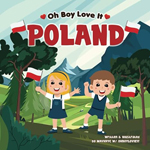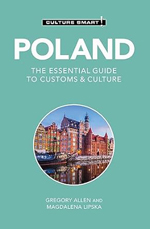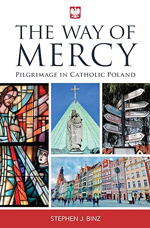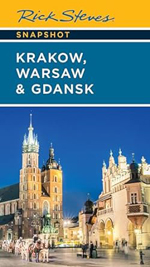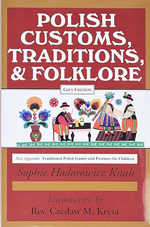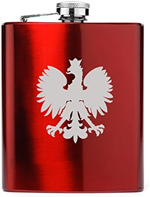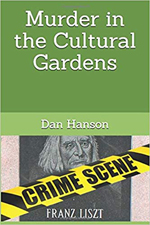Take time out to celebrate National Polish Heritage Month in your own style. For me , I'll have an extra paczki or two this month! 
John Niedzialek and paczki
It has been estimated that 9.1 million Poles died by various means and that included women and children during the war. Many were enslaved, tortured, and murdered. While numbers get lost in their meaning, try to begin to fathom the cruelty, conditions,, and horrific suffering of the mothers and children subjected to these conditions. As our ancestors immigrated from Poland, ethnic racism became the norm that we still deal with.
Yet there is a lesson in all this of a people that can overcome obstacles and make positive change yourself with the help of your faith, family values, and hard work. I invite you to share our stories and perhaps help others see how positive changes can be made from within. The stories are endless in the Cleveland community.
Let's start with Thaddeus Kosciuszko. You see his road sign near St. Casimir Church and along Wilson School by East 82nd street but do you know who he is? 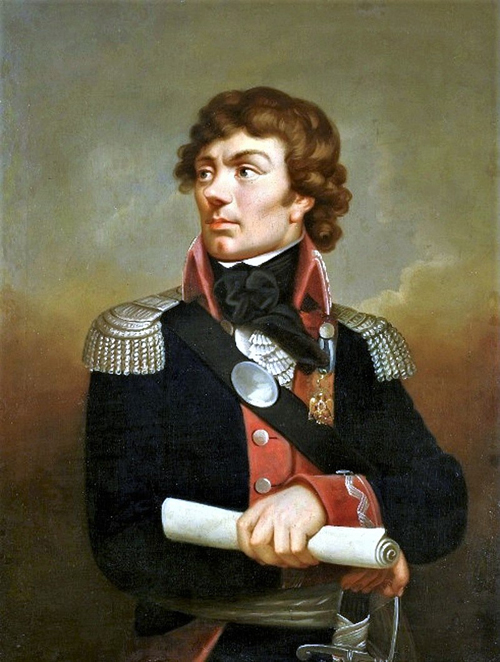 Thaddeus Kosciuszko
Thaddeus Kosciuszko
Kosciuszko was born in 1746 and came to America to help in the Revolutionary War effort. Two months after Ben Franklin helped draft the Declaration of Independence, a surprise visitor walked into his Philadelphia shop. The young man's curly brown hair cascaded down toward his shoulders, and his English was so broken he switched to French. Thaddeus Kosciuszko, a 30-year-old Pole just off the boat from Europe via the Caribbean, introduced himself and offered to enlist as an officer in the new American nation's army. Kosciuszko had come to America when he heard the colonists needed engineers to help them. Franklin put him to work.
John Hancock appointed him a colonel in the Continental Army in October, and Franklin hired him to design and build forts on the Delaware River to help defend Philadelphia from the British navy. Kosciuszko befriended General Horatio Gates, commander of the Continental Army's northern division, and in May 1777, Gates sent him north to New York to evaluate Fort Ticonderoga's defenses. There, Kosciuszko and others advised that a nearby hill needed to be fortified with cannons. Superiors ignored his advice, believing it impossible to move cannons up the steep slope. That July, the British, under the command of General John Burgoyne, arrived from Canada with 8,000 men and sent six cannons up the hill, firing into the fort and forcing the Americans to evacuate. A floating log bridge designed by Kosciuszko helped them escape.
Kosciuszko's greatest contribution to the American Revolution came later that year in the Battle of Saratoga, when the defenses along the Hudson River helped the Continental Army to victory. The British war plan called for troops from Canada and New York City to seize the Hudson Valley and divide the colonies in two. Kosciuszko identified Bemis Heights, a bluff overlooking a bend in the Hudson and near a thick wood, as the spot for Gates' troops to build defensive barriers, parapets and trenches.
When Burgoyne's troops arrived in September, they couldn't penetrate Kosciuszko's defenses. So they tried an end run through the woods, where Virginia riflemen picked them off and soldiers commanded by Benedict Arnold aggressively charged, killing and wounding 600 redcoats. Two weeks later, Burgoyne tried to attack even farther west, but the Americans surrounded and beat the British. Historians often describe Burgoyne's surrender as the turning point of the war, since it convinced France's King Louis XVI to negotiate to enter the war on the American side. Gates and Arnold got most of the credit, which Gates deflected to Kosciuszko. "The great tacticians of the campaign were hills and forests," Gates wrote to Dr. Benjamin Rush of Philadelphia, "which a young Polish Engineer was skillful enough to select for my encampment." Source for above: Smithsonian Magazine
Of interest to many however is Kosciuszko being known as a man of civil rights way before his time. Did you know:
General Kosciuszko fought for human rights and defended the ideals of freedom, justice and equality for all.
Kosciuszko left his entire American fortune for US President, Thomas Jefferson, to free and educate African slaves, including Jefferson's own slaves, which made him a beneficiary and executor of the historical will. "The Kosciuszko testament had the power to change American history but Jefferson would never fulfill the wishes of his Polish friend,"ť Koniuszewski added. Kosciuszko went on to build the strategic fortress of West Point which would later become the most famous military academy in the world. (Source: https://neweasterneurope.eu/2018/03/29/general-kosciuszko-man-ahead-time/)
Unfortunately: "One month before his 1817 death, Kosciuszko wrote Jefferson, reminding him of the terms of his will. But Jefferson, struggling with age, finances, inquiries about the estate from heirs in Europe, appeared in federal court in 1819 and asked a judge to appoint another executor of Kosciuszko's affairs. Kosciuszko's will was never implemented. A year after Jefferson's 1826 death, most of his slaves were sold at auction. A court-appointed executor squandered most of the estate, and in 1852, the U.S. Supreme Court declared the American will invalid, ruling that he had revoked it in an 1816 will. (Kosciuszko's 1817 letter to Jefferson proves that was not his intent.)" Source: (Smithsonian Magazine)
Have a great month.
John Niedzialek
See a statue of General Kosciuszko on the grounds of the Cleveland Museum of Art.
Learn more about the Battle of Saratoga and the Hudson Valley in Fun with Maps
Want to learn about ethnic and cultural events in Cleveland? Sign up for the free eNews and every Tuesday evening you will receive a free e-mail listing the next week's events. It's easy and free.
Select 'Polish' or other groups or 'WEEKLY' when you fill out the form for the free weekly eNews.
***
Top of Page
Back to Cleveland Poles
For sponsorship opportunities, please contact us.
Please support the Polish pages of ClevelandPeople.Com.
| 


